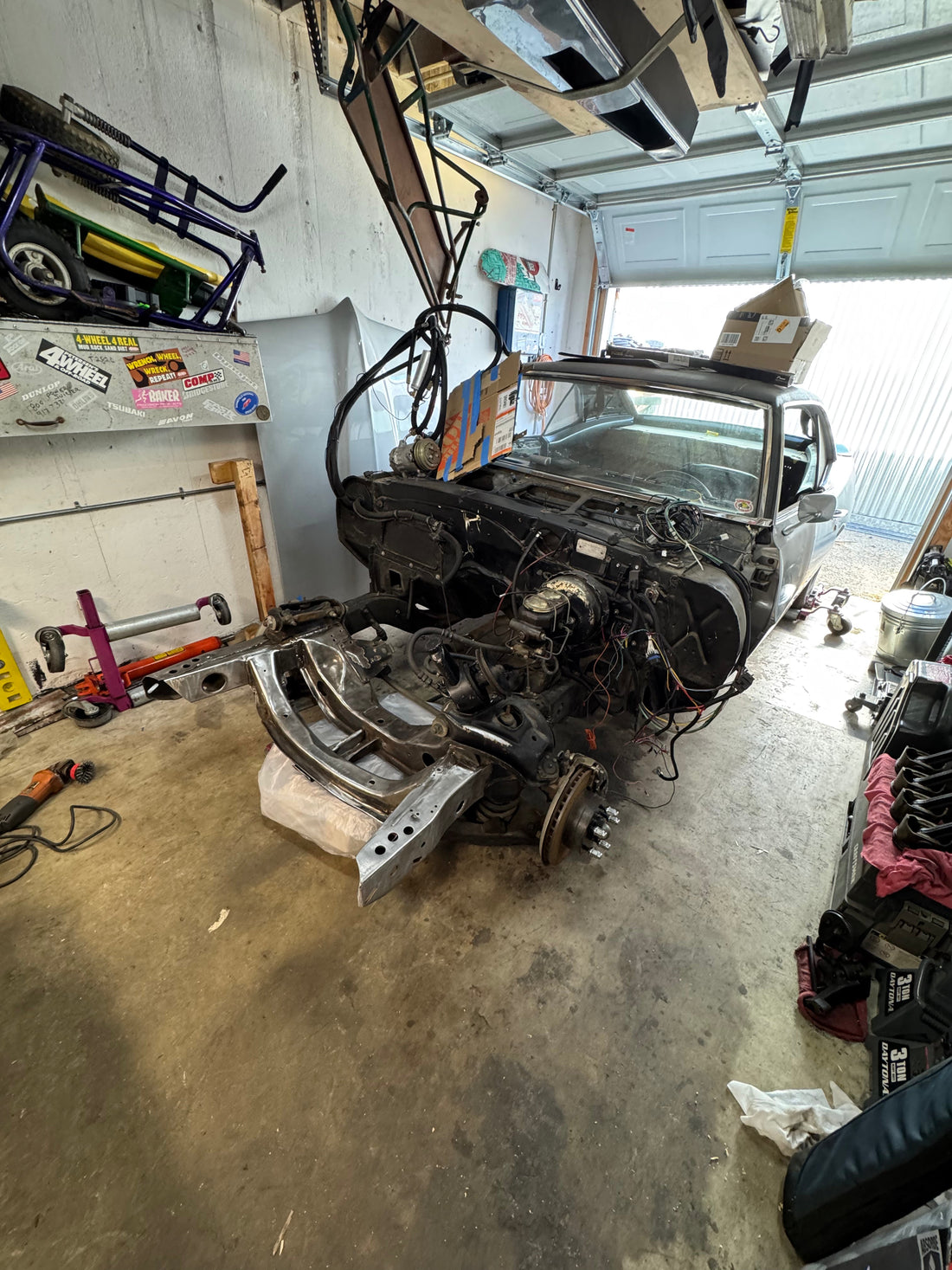
How to Start Your First Car Project with Confidence
Share
There’s nothing like the excitement of starting your first car project. The possibilities are endless—the dream build is in your head, you’re already picturing the finished product, and you can’t wait to turn wrenches.
And then… reality hits.
Where do you even start? What if you mess something up? What if you waste money?
If you’re feeling that wave of doubt—relax. Everyone starts somewhere, and the only way to learn is to dive in. This guide is here to make sure you start with confidence, avoid rookie mistakes, and actually enjoy the process.
1. Pick the Right Car (or Work With What You Have)
Before you go all-in, make sure you’ve got the right platform for your goals.
Ask yourself:
- Is this car something I actually want to work on? (Not just because it was cheap)
- Are parts available and affordable?
- Do I have space and tools to work on it?
If you already have a car and just want to modify it—perfect. You’re cutting out the hardest step: choosing the right project. But if you’re starting from scratch, don’t rush into a random “good deal” unless you’re sure it’s the right foundation.
🚗 Pro Tip: First project? Stick with something simple, popular, and well-documented. Trust me, trying to restore some ultra-rare oddball with no parts available is a shortcut to frustration.
2. Make a Plan (But Be Ready for Chaos)
Having a rough plan will save you from wasting time, money, and motivation.
Here’s a basic structure to follow:
✅ Step 1: What’s your goal? (Daily driver? Weekend warrior? Full resto?)
✅ Step 2: What are the first 3-5 things the car needs? (Fix before mods.)
✅ Step 3: Budget it out—what can you realistically afford to do first?
But here’s the thing—your plan WILL change. Projects never go 100% smoothly. Expect delays, unexpected costs, and moments where you wonder what you got yourself into.
🔧 Pro Tip: Instead of planning a full 10-step build, break it down into small wins. Fixing a small issue or successfully installing your first mod builds confidence and keeps you going.
3. Get the Right Tools (Without Going Broke)
You don’t need a Snap-on truck to start wrenching, but a few solid tools will make your life easier.
Must-Have Basics:
🔹 Jack & jack stands (don’t die under your car)
🔹 Socket set (metric & SAE if you’re working on older American stuff)
🔹 Wrenches, screwdrivers, pliers (the essentials)
🔹 A breaker bar (because rust exists)
🔹 A repair manual or YouTube (Your best friend)
Start with the basics and add tools as you need them. No shame in borrowing tools or hitting up Harbor Freight to get started.
🛠 Pro Tip: If you’re missing a tool, check if a local auto parts store offers rental tools for free (most do!).
4. Learn as You Go (But Don’t Be Afraid to Ask for Help)
Nobody knows everything when they start. The best way to learn is by doing, but learning from others can save you from costly mistakes.
🔹 YouTube is gold. Watch tutorials before tackling a job.
🔹 Join forums or Facebook groups specific to your car.
🔹 Ask experienced friends for help (but bring pizza).
You’re going to mess up sometimes. That’s part of it. What matters is that you keep going and learn from each mistake.
💡 Pro Tip: If you’re completely stuck on something, walk away and come back later. Fresh eyes solve problems.
5. Enjoy the Process (Even When It Sucks)
At some point, your project will test your patience. Maybe a part won’t fit. Maybe you’ll break something. Maybe you’ll question if you should’ve just left the car alone.
That’s normal.
The trick is to embrace the process—the victories AND the struggles. Every frustrating moment teaches you something and makes the final result even sweeter.
🚗 Pro Tip: Take photos and videos of your progress! Looking back at where you started will keep you motivated.
Final Thoughts
Starting your first car project is a journey, not a race. You don’t need to know everything, have the best tools, or build the craziest car right away.
What matters is that you start—because the only bad project is the one that never happens.
So, get in the garage, get your hands dirty, and build something you’ll be proud of. And when things go sideways (because they will), just remember—every great builder was once a beginner.






